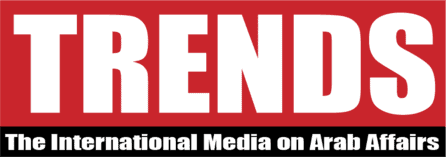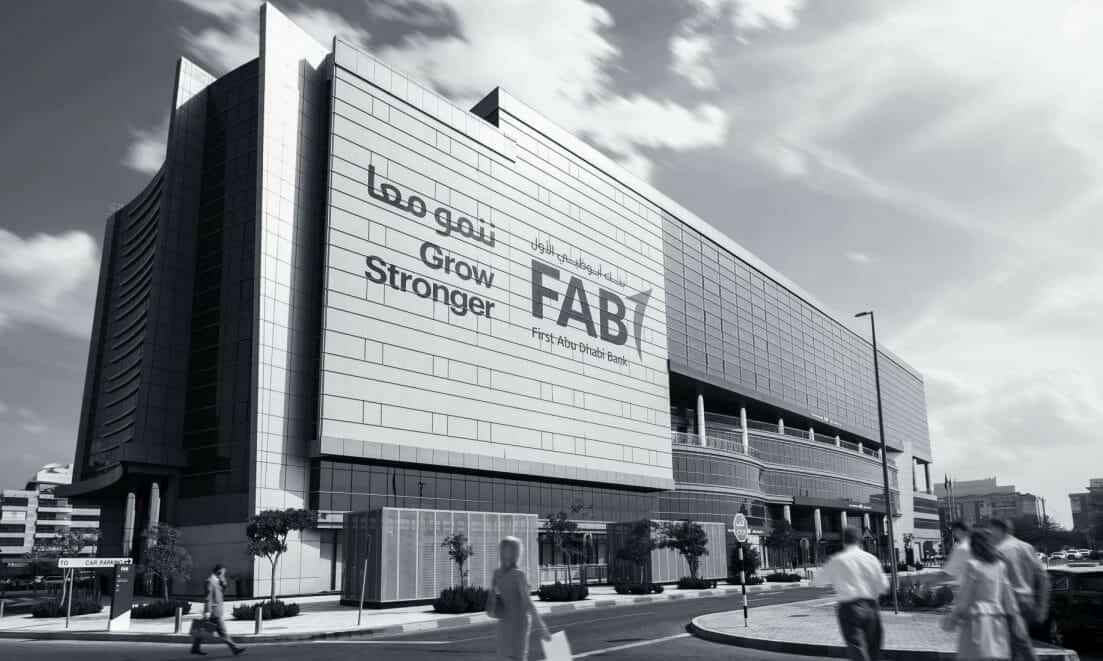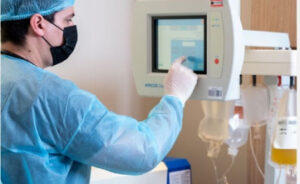First Abu Dhabi Bank (FAB) has reported a net profit of AED 5.1 billion ($1.38 billion) for the first three months of 2022, up 107 percent from AED 2.5 billion in the first quarter of 2021.
The results represent the highest quarterly net profit in the bank’s history, according to financial results released on Thursday.
The bank’s total income reached AED 7.3 billion and includes an AED 2.8 billion net gain on the disposal of majority stake in payments business Magnati.
Core underlying performance was healthy, driven by higher net interest income, a pick-up in fees and commissions and the positive contribution from Bank Audi Egypt, helping offset lower trading and investment income, the bank said.
Operating expenses were up year-on-year on the back of ongoing investments in digital and strategic initiatives and the inclusion of Bank Audi Egypt from Q2 2021, it added.
Customer deposits increased to AED600 billion, up 6 percent year-on-year, down 2 percent year-to-date; Deposit mix improved with CASA balances adding AED22 billion sequentially to represent 52 percent of total customer deposits.
Liquidity Coverage Ratio (LCR) increased by 120 percent, underlining a strong liquidity position. Healthy asset quality metrics with NPL ratio was at 3.8 percent, and adequate provision coverage at 98 percent.







